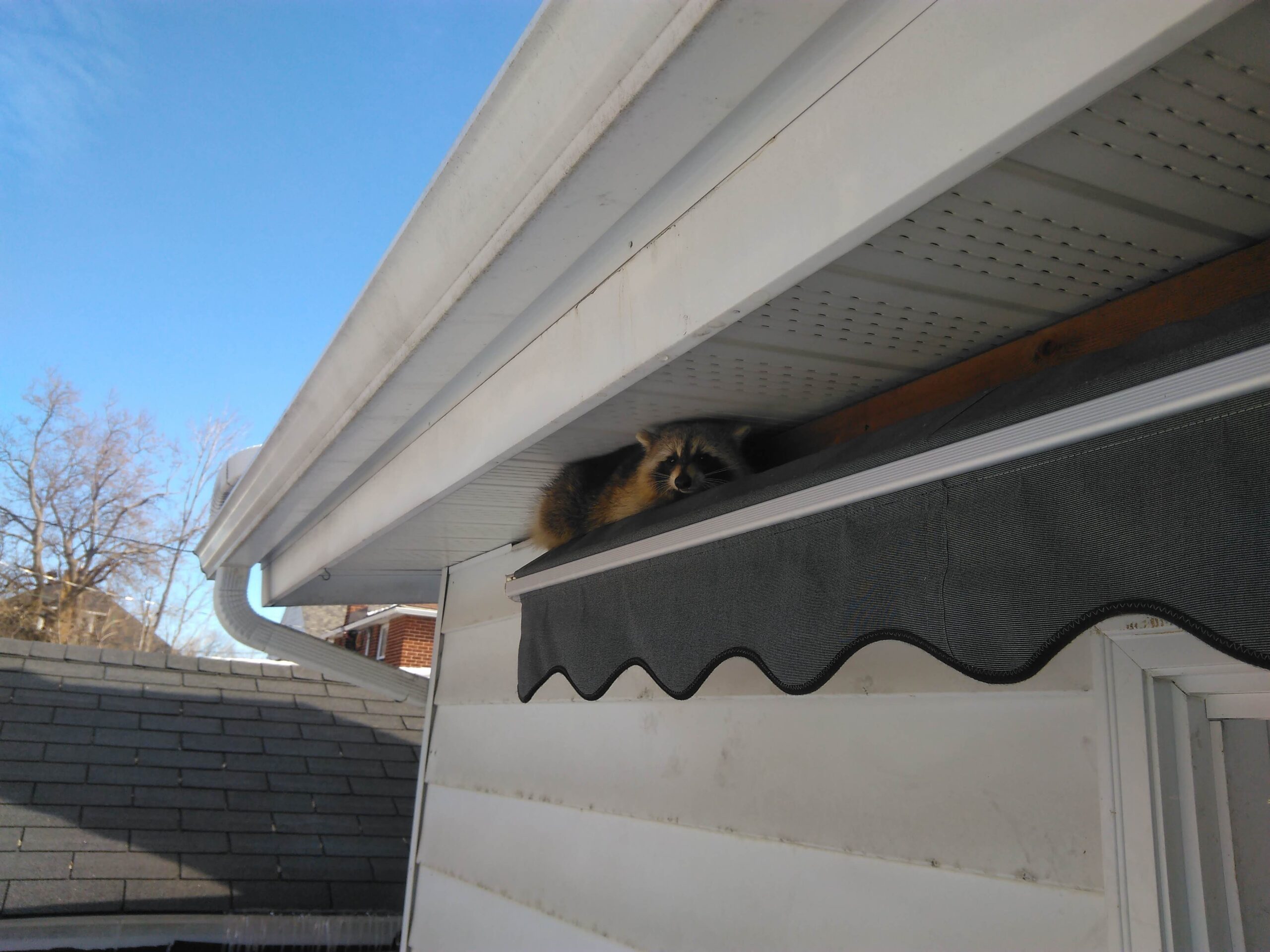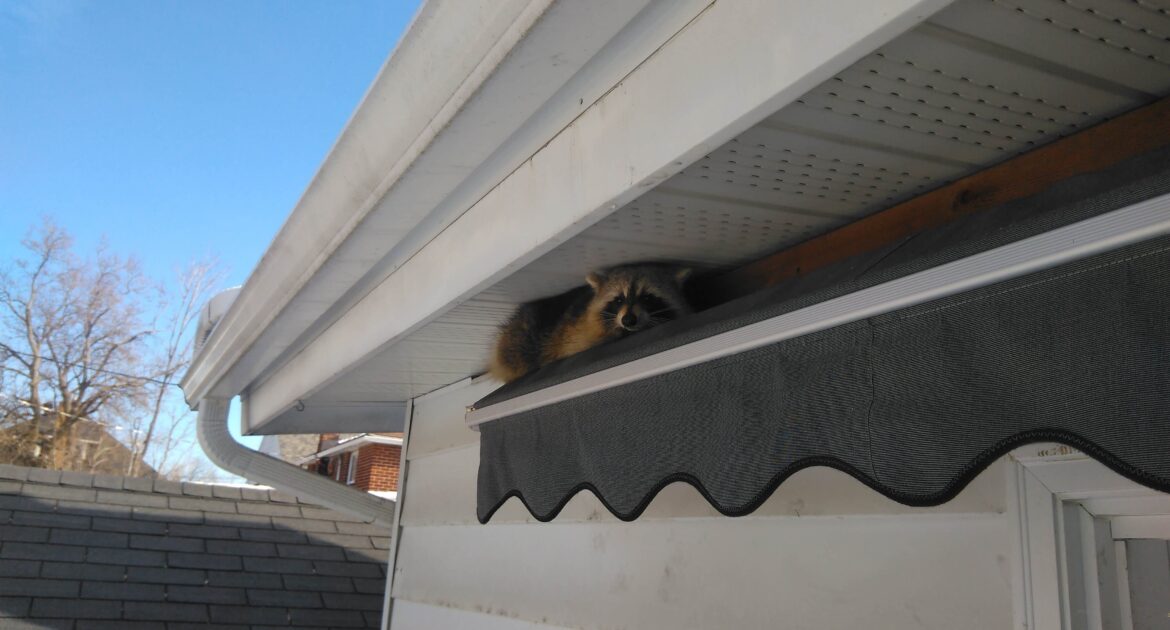Have you heard strange noises coming from the ductwork in your home? It could be a sign of intrusion by raccoons or other wild animals. If you think you have animals in your ductwork, you should call Skedaddle for wildlife control in Okanagan right away. Call us first for raccoon removal, if needed, then you can call the HVAC company for further cleanup.
How Do Raccoons Get Into Your Ductwork?
Raccoons are most likely to get into your ductwork through a hole in your home’s exterior, perhaps in the foundation. They are large animals, but they have very dexterous paws with sharp claws, so if the hole is not large enough to admit them, they may be able to make it bigger with their paws and teeth.
Raccoons are also adept climbers and tend to be tree-dwelling by nature. Therefore, they may first find a way into your attic and get into the ductwork from there. Raccoons may be able to get into the attic by climbing up the drain pipe and pulling off shingles, soffits, or fascia. They may get directly into the ductwork through a roof vent with a broken cover.
What Other Types of Animals May Get Into the Ductwork?
In addition to raccoons, other types of animals may get into the ductwork of your home and cause problems. These include birds and rodents, such as mice and squirrels. These animals tend to be smaller than raccoons, meaning that they may have an easier time getting inside. This can be good and bad: Birds and rodents may do less damage, but you have to be extra vigilant to prevent them from getting inside. Birds and squirrels are most likely to get into the ductwork through roof vents. Mice can climb, so they may get into the ductwork from the roof as well, but they may be at least as likely to get in through a crack in the foundation.
Why Do Animals Try To Get In Ductwork?
Wild animals get into human homes looking for warm, safe places in which to raise their babies. They are drawn to air vents and ductwork because of the warm air that often comes out of them. Once in the vents, the animals find that they offer shelter and protection from predators. Ductwork provides animals privacy because human beings typically cannot fit inside.
What Kinds of Damage Can Animals Cause in Ductwork?
Using their sharp claws and teeth, wild animals in your ductwork may make holes in the material. These can cause leaking of the air ducts. This results in less efficient use of energy, meaning higher utility bills. Damage to ducts can also allow dust to get in, which the HVAC system can then send around the house. This can cause or contribute to health problems and also makes things uncomfortable.
What Are the Health and Safety Risks Associated With Animals in Ductwork?
Wild animals, especially rodents, are likely to urinate and defecate inside the ductwork. The urine and feces may contain disease-causing microbes. As air is circulated around your house by the HVAC system, it may also spread these pathogens around, and your family could get sick as a result. Wild animals can also carry parasites that hitch a ride into your home and start looking for new hosts.
Animals’ nesting materials may completely or partially block off your ducts, causing the air circulation within your home to become inefficient. The nesting material may also be flammable, posing an increased risk for a house fire.
Why Should You Call Skedaddle for Wildlife Control in Okanagan?
Some species of animals have more than one den within their territory. We remove the animals safely so they can move their babies to a new den. We also perform an exclusion to prevent any more wild animals from getting back into your home later. Find out more about what our process involves.




